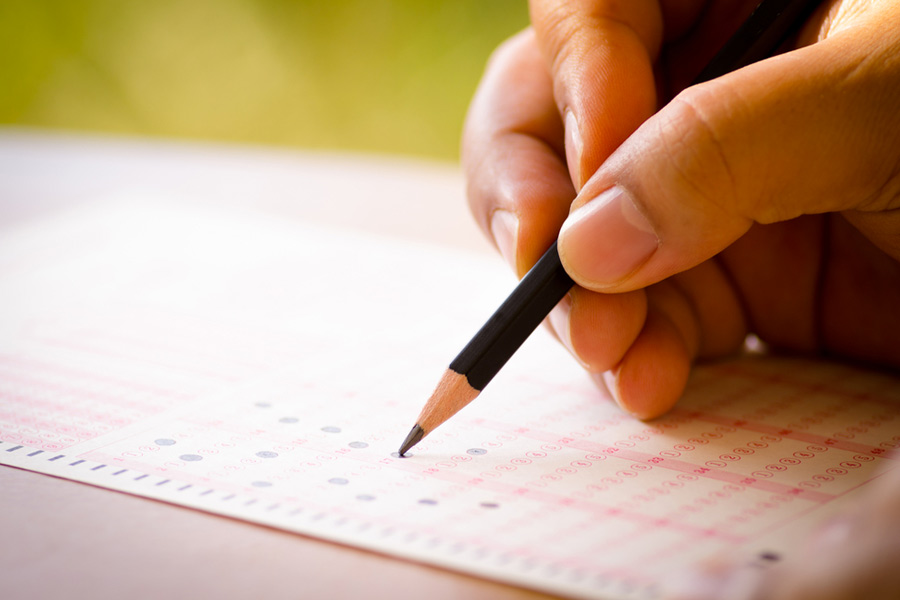One in four applicants skipped the Common University Entrance Test (CUET) for undergraduate admission to general courses this year, with some academics suggesting the computer-based model had deterred many poor and rural students and calling for a switch to pen-and-paper mode.
The National Testing Agency, which conducted the exams from May 21 to June 23, declared the results on Saturday.
Of the 15 lakh students who had applied, 11.16 lakh actually took the exams, marking an absenteeism of around 25 per cent.
Among Scheduled Tribe students, about 52,500 of the 1.06 lakh applicants stayed away, representing an absenteeism of nearly 50 per cent.
When the CUET was introduced in 2022, it witnessed an overall absenteeism of about 40 per cent.
In contrast, the absenteeism figures range between 5 and 10 per cent in the national entrance exams for undergraduate professional courses such as the Joint Entrance Examination Main (engineering) and the National Eligibility-cum-Entrance Test (medical and dental admissions).
Abha Dev Habib, a teacher at the Delhi University-affiliated Miranda House College, said a large proportion of students seeking admission to general undergraduate courses came from financially disadvantaged rural families and were not well acquainted with the use of computers.
“This may have discouraged many from taking the test. To provide a level playing field, pen-and-paper tests should be held,” Habib said.
She said that if the NEET could be conducted in pen-and-paper mode despite attracting almost 15 lakh candidates, so could the CUET.
All the 45 central universities and over 200 state, private and deemed universities have decided to admit undergraduate students through the CUET this year.
Unlike last year, when technical glitches had forced several papers to be postponed, the exam was glitch-free this year.
The CUET was held in 13 languages, and 2,305 question papers were prepared with 148,520 questions. However, candidates complained about errors in the provisional answer keys and mounted 3,886 challenges.
The National Testing Agency said it had shared each candidate’s results with the universities to which the candidate had applied.












